Understanding Non-Surgical Eye Rejuvenation
As the delicate skin around the eyes shows signs of aging, many seek effective solutions to refresh and restore this area without undergoing surgery. Non-surgical eye rejuvenation treatments offer a variety of minimally invasive and non-invasive options to address concerns like dark circles, fine lines, under-eye hollows, and mild skin laxity. This article delves into the range of these treatments, their benefits, and how they compare to traditional surgical eyelid lifts, empowering readers to make informed decisions about their eye care and aesthetic goals.
Main Non-Surgical Treatments for Under-Eye Rejuvenation
What are the main non-surgical treatments for under-eye rejuvenation?
Non-surgical options aim to improve the appearance of the under-eye area without incisions or anesthesia. The most common treatments include injectable dermal fillers, neurotoxins, skin tightening procedures, and platelet-rich plasma (PRP) therapy.
Injectable dermal fillers, such as those based on hyaluronic acid like Restylane or Juvederm, are used to restore volume in hollows and dark shadows. These fillers add immediate support to the under-eye area, smoothing fine lines and reducing the appearance of tiredness. Effects typically last from 6 to 12 months, with some long-lasting options available.
Nano fat transfer is another minimally invasive treatment where a patient’s own fat is used to rejuvenate the area. This technique not only restores volume but also promotes skin regeneration, offering a more permanent improvement.
Neurotoxins like Botox or Dysport relax muscles around the eyes, helping diminish crow’s feet and fine lines. They can also lift the brow slightly, improving overall eye area symmetry and youthful appearance.
Skin tightening methods include RF microneedling with devices such as Morpheus8, fractional CO₂ laser resurfacing, and radiofrequency energy treatments. These procedures stimulate collagen production, improving skin laxity, texture, and pigmentation for a firmer, smoother look.
Combining these different approaches, tailored to individual needs, achieves comprehensive under-eye rejuvenation. They provide subtle, natural results without the downtime or risks of surgical procedures.
Treatment duration and effects
Most procedures are quick, often taking less than an hour, with minimal recovery time. Results can be seen immediately with fillers, while collagen-stimulating treatments develop over weeks. Regular maintenance treatments help prolong benefits, which can last for months to years depending on the therapy used.
Effective Non-Surgical Alternatives to Eyelid Lift Surgery
Several non-invasive options are available for those seeking eyelid rejuvenation without undergoing traditional surgery. Laser skin resurfacing is a popular choice, using laser energy to boost collagen production – this reduces fine lines and tightens loose skin, making it ideal for mild to moderate sagging.
Dermal fillers, particularly those based on hyaluronic acid, can restore volume in hollowed or sunken areas under the eyes. They help lift the brow and diminish dark circles, offering a subtle but noticeable refresh. The procedure is quick, often lasting less than 15 minutes, and results can last up to several years.
Radiofrequency (RF) energy devices, like Thermage and Venus treatments, heat the deep layers of skin to stimulate collagen and elastin growth. This process tightens sagging skin, producing a lifting effect with minimal discomfort and a short recovery period. These devices are especially effective for skin laxity around the eyelids.
Ultherapy, or ultrasound therapy, uses targeted ultrasound waves to heat tissue beneath the skin. This stimulates collagen production, resulting in a natural lift and tightening of the eyelid skin without any incisions. It is a convenient, non-invasive method with little to no downtime and results that develop gradually over weeks.
Platelet-Rich Plasma (PRP) therapy involves drawing blood, processing it to concentrate growth factors, and injecting it into the skin. PRP promotes tissue regeneration and collagen production, improving skin firmness and reducing wrinkles around the eyes. It offers a natural approach, with minimal risk, and effects can last for years with repeat treatments.
These non-surgical treatments are typically suitable for mild to moderate aging signs and can be tailored to individual needs. Combining procedures, such as laser resurfacing with RF or PRP, can enhance overall results. However, consulting with an experienced specialist is crucial to develop a customized plan that addresses specific concerns.
Compared to traditional eyelid surgery—blepharoplasty—these options involve less risk, faster recovery, and more subtle improvements. They are ideal choices for patients who prefer non-invasive measures or have less severe eyelid laxity. For more significant sagging or excess skin, surgical options may still be necessary, but for many, these modern techniques offer effective, safe alternatives.
Targeting Under-Eye Wrinkles with Non-Surgical Techniques
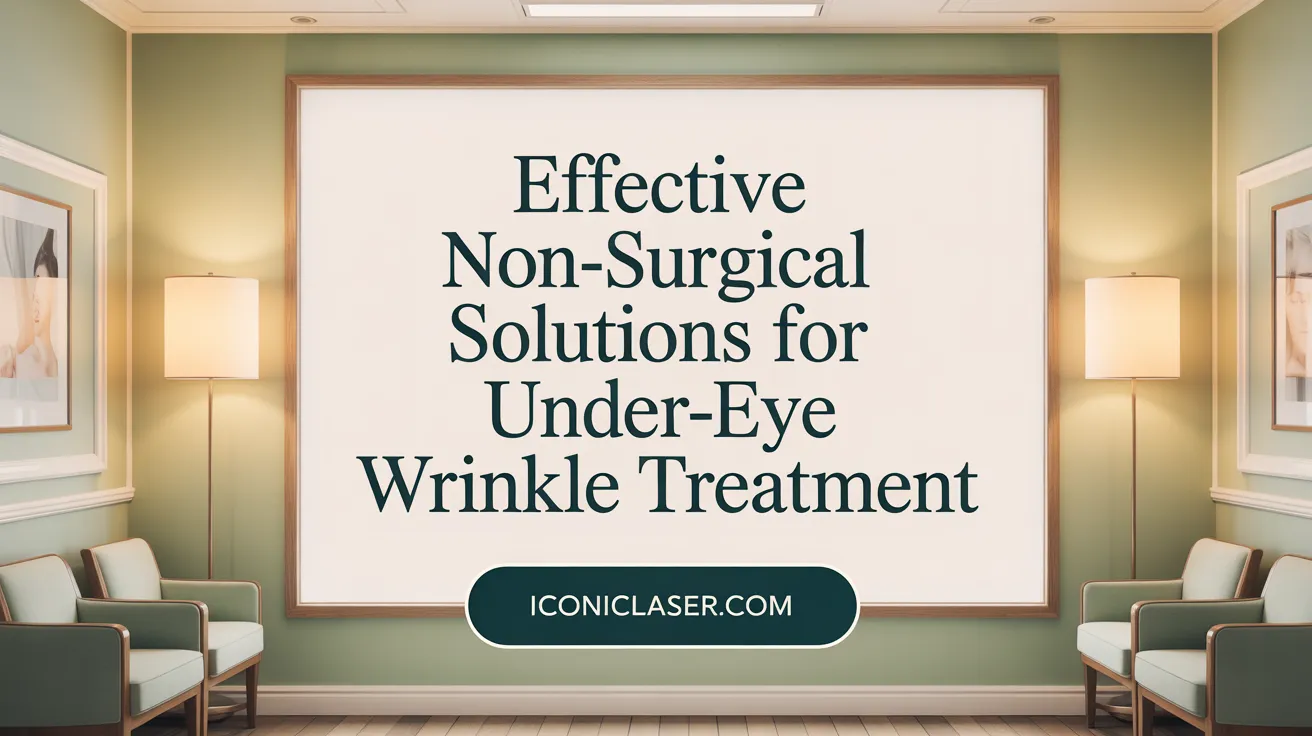 Non-surgical options for reducing under-eye wrinkles offer a safe, minimally invasive approach to rejuvenating the delicate skin around the eyes.
Non-surgical options for reducing under-eye wrinkles offer a safe, minimally invasive approach to rejuvenating the delicate skin around the eyes.
Injectable dermal fillers, such as those containing hyaluronic acid, are among the most effective treatments. They restore volume to hollowed areas under the eyes (tear troughs), plump thin skin, and smooth out wrinkles and fine lines. These fillers can be injected quickly, often in less than 15 minutes, providing noticeable improvements that can last up to 7 years with proper care.
Botox, or other neuromodulators, are used to relax the muscles responsible for dynamic wrinkles like crow’s feet. By temporarily weakening these muscles, Botox smooths out lines and creates a more relaxed and youthful appearance in the periorbital area.
Laser resurfacing treatments stimulate collagen production and enhance skin elasticity. Fractional and erbium/CO₂ laser technologies remove damaged skin and tighten the area, reducing both surface and deep-set static wrinkles.
Chemical peels and topical retinol creams support skin renewal by promoting collagen synthesis. These treatments improve skin texture gradually and are often used in conjunction with other procedures for best results.
To maintain youthful eye skin, preventive skincare measures are crucial. Regular use of broad-spectrum sunscreens, avoiding smoking, and adopting a comprehensive skincare routine with moisturizers and antioxidants help prevent further deterioration of skin quality.
Overall, combining these modalities under professional guidance can significantly diminish under-eye wrinkles, restoring a more refreshed and youthful look without surgery.
Non-Surgical Lifts for Hooded Eyes: What Works Best?
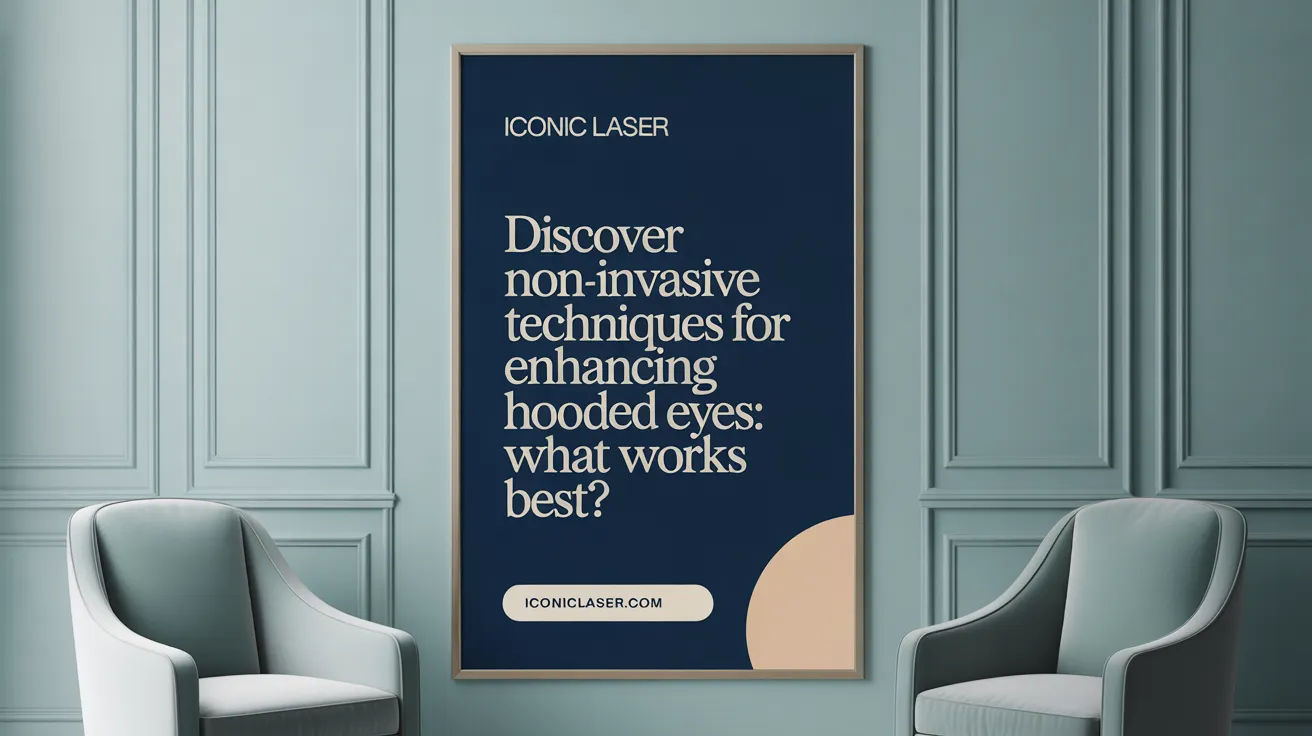
Which non-surgical treatments are best suited for hooded eyes needing a lift?
When aiming to improve hooded eyelids without surgery, several non-invasive options can offer subtle rejuvenation. Botox, or neurotoxin injections, placed near the brow can relax the muscles that pull the eyelid downward, providing a slight lift that typically lasts 3 to 6 months. This treatment can help open up the eye area and reduce the appearance of heaviness.
Dermal fillers, especially those containing hyaluronic acid, are used to add volume to the temples and brows. When strategically injected, these fillers can subtly elevate the tissue and improve the overall eye shape, making the eyelids appear less droopy.
In addition, skin tightening procedures using radiofrequency or ultrasound energy—such as Thermage or Ultherapy—stimulate collagen production deep within the skin layers. Over time, this leads to firmer and more lifted skin around the eyes, enhancing the youthful appearance.
Often, combining these treatments—Botox, fillers, and skin tightening—can produce better results than any single approach alone. This multi-pronged strategy is effective for mild to moderate eyelid hooding.
However, it's important to recognize the limits of non-surgical lifts. Significant eyelid drooping or excess skin generally requires surgical intervention, such as blepharoplasty. Consulting with a specialist will help determine whether a non-invasive method aligns with your goals or if a surgical approach may be necessary for more dramatic results.
Innovative Non-Invasive Technologies: PRP, NeoGen Plasma, and More
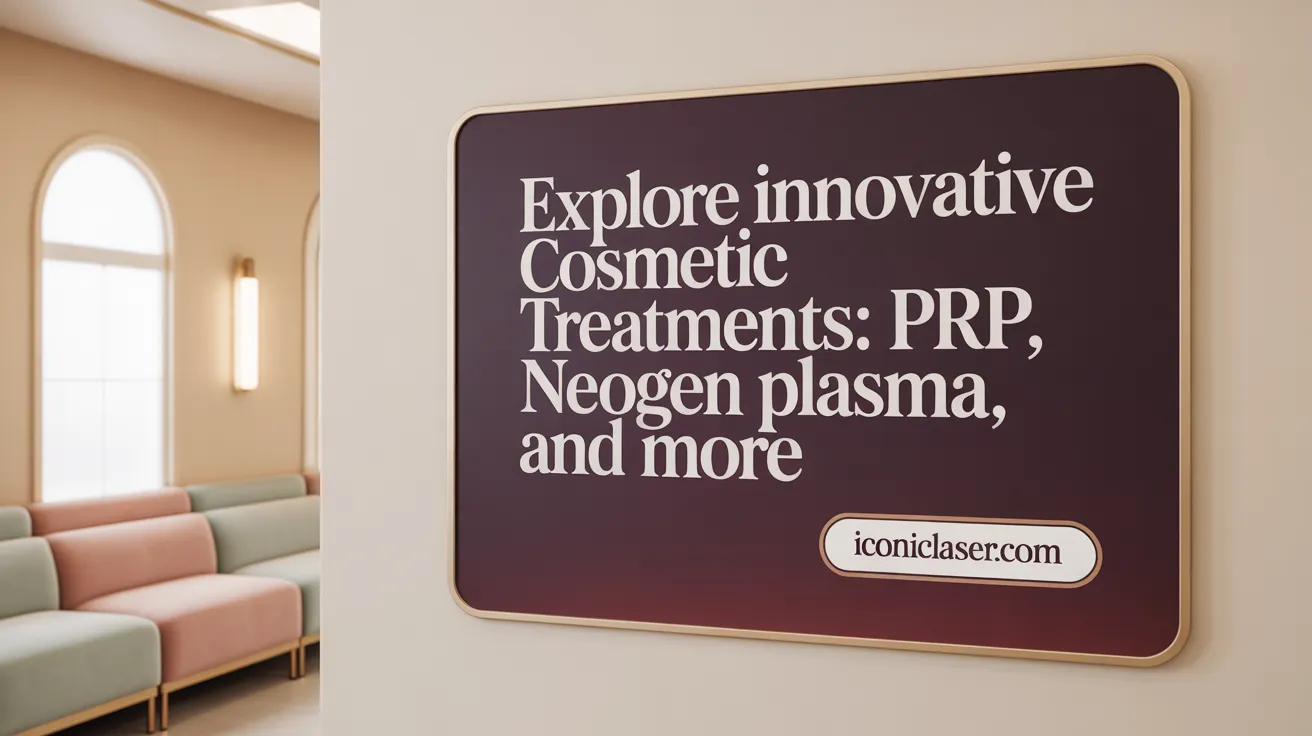
Platelet-Rich Plasma (PRP) therapy
PRP therapy is a natural treatment that uses the patient’s own blood to promote skin rejuvenation. Blood is drawn, processed with a centrifuge to concentrate platelets, and then injected into targeted areas. This process stimulates collagen production, enhances skin texture, reduces dark circles, and diminishes fine lines. Results develop gradually over several weeks, with enhancements lasting up to two years. PRP is especially favored for its minimal risk of allergic reactions because it originates from the patient.
NeoGen Plasma treatment
NeoGen Plasma uses plasma energy to heat the skin, stimulating the production of collagen. This treatment effectively tightens loose skin, reduces eyelid droopiness, and smoothens fine lines. Its non-invasive nature means little to no downtime, making it an appealing alternative for those wary of traditional surgery. Results emerge gradually over several weeks as new collagen forms, with some patients noticing improvements after just one session. It can be combined with other procedures like fillers or laser treatments for enhanced rejuvenation.
Morpheus8 RF microneedling
Morpheus8 combines radiofrequency (RF) energy with micro-needling to stimulate deep collagen production. It targets skin laxity and wrinkles around the eyes by heating the dermal layers through tiny needles that create controlled micro-injuries. This process promotes tissue tightening and renewal, resulting in firmer, smoother skin. Many patients experience immediate tightening, with continued improvements over the following months, usually requiring a series of treatments.
Laser resurfacing technologies
Laser resurfacing employs laser energy to remove damaged skin and stimulate new collagen growth. Technologies such as fractional lasers or erbium/CO₂ lasers create microscopic channels that encourage skin regeneration. These treatments are effective for fine lines, uneven skin tone, and mild laxity. Recovery times vary, but laser skin resurfacing generally offers quick healing and gradual, natural-looking improvements in skin texture and firmness.
Mechanisms of collagen stimulation
All these non-invasive treatments harness the body’s natural healing mechanisms. PRP and PRF deliver growth factors directly to the skin, boosting collagen and elastin synthesis. NeoGen Plasma heats tissue, inducing controlled injury and subsequent healing, which results in increased collagen formation. RF microneedling creates micro-injuries that trigger the body's repair response, leading to thicker, more elastic skin. Laser treatments create tiny skin channels to promote cellular regeneration, all converging on collagen production to improve skin laxity and elasticity.
Treatment protocols and expected timelines
Most treatments are quick and minimally invasive, with sessions lasting between 30 minutes and an hour. PRP typically requires multiple sessions spaced 2-3 months apart for optimal results. NeoGen Plasma and Morpheus8 usually involve 1-3 sessions, with noticeable improvements in 4-6 weeks. Laser resurfacing may need a single session or multiple treatments, depending on skin condition and desired outcome. Maintenance treatments every 6-12 months are recommended to sustain and enhance results.
Preparation, Safety, and Expected Outcomes of Non-Surgical Eye Rejuvenation
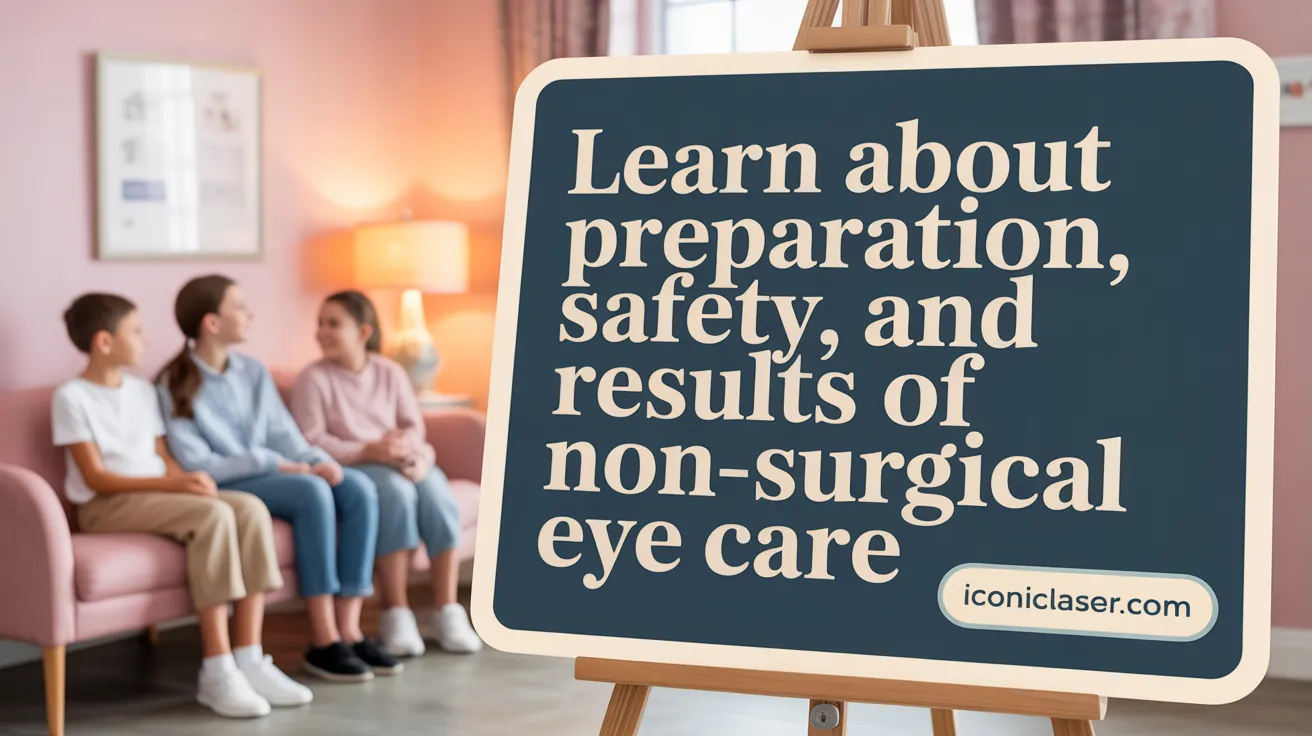
Treatment preparation and consultation
Before undergoing non-surgical eye rejuvenation, a comprehensive consultation with an experienced specialist is essential. During this visit, the practitioner will assess skin type, severity of aging signs, and individual goals. Patients are typically advised to avoid blood-thinning medications, alcohol, and sun exposure before treatment to minimize risks. Customizing the right combination of treatments, such as fillers, laser resurfacing, or radiofrequency, ensures optimal results.
Minimal downtime and side effects
One of the main advantages of non-surgical procedures is the short recovery period. Most treatments involve only mild redness, swelling, or tenderness that resolve within hours to days. Since these procedures are minimally invasive, they carry fewer risks compared to surgical options. Common side effects are generally mild and can include temporary bruising or skin sensitivity.
Gradual versus immediate results
Many non-invasive treatments promote collagen growth and tissue regeneration, leading to gradual improvements over several weeks. For example, PRP and laser therapies often show visible changes within a few weeks, with optimal results appearing after multiple sessions. Conversely, some treatments like dermal fillers provide immediate volume restoration, giving instant enhancement but requiring maintenance for prolonged effects.
maintenance and longevity
Results from non-surgical treatments typically last from several months up to two years, depending on the procedure and individual factors. Regular maintenance sessions can prolong the effects, with options like PRP or fillers needing periodic touch-ups. Combining treatments and adopting a good skincare regimen helps sustain youthful appearance.
suitability and candidacy considerations
Candidates for non-surgical eye rejuvenation usually include men and women with mild to moderate skin laxity, under-eye hollows, dark circles, or fine lines. Ideal candidates are in good overall health, without active skin infections or bleeding disorders. It’s important to have realistic expectations, as these procedures offer subtle improvements rather than dramatic transformations.
risk comparison with surgery
Compared to traditional surgical approaches like blepharoplasty, non-surgical treatments carry fewer risks, less discomfort, and no scars. While surgery provides long-lasting and more dramatic results for severe cases, non-invasive options are safer, less costly, and suitable for those seeking minor enhancements or who prefer a quick recovery. Consulting a qualified specialist ensures appropriate treatment choices tailored to individual needs.
Integrating Non-Surgical Treatments into a Comprehensive Eye Rejuvenation Plan
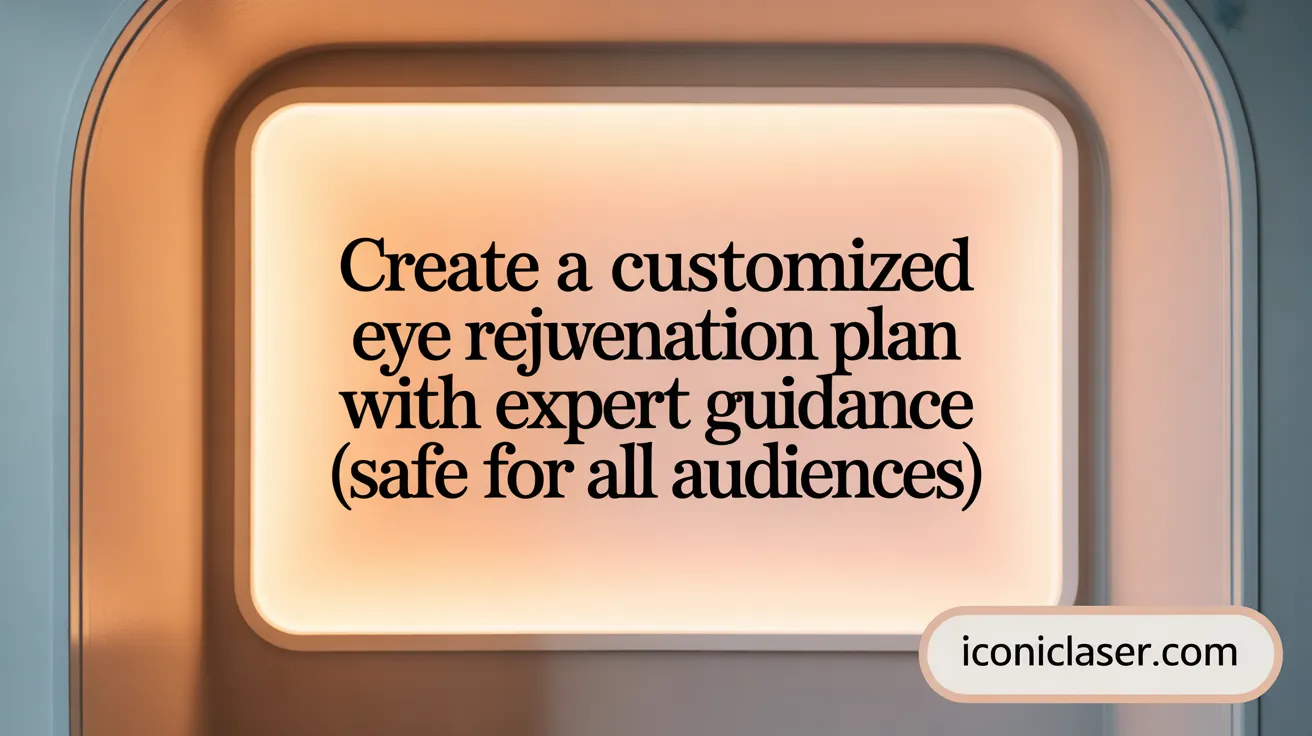
Tailoring Treatments to Individual Skin Types and Aging Signs
Each person's skin responds differently to non-surgical procedures. A personalized approach considers skin type, age-related changes, and specific concerns like dark circles, puffiness, or skin laxity. For example, lighter skin types may benefit from laser resurfacing to boost collagen, while darker skin might be best suited for PRP or fillers to reduce shadows and volume loss.
Combining Injectables, Laser, and Energy-Based Therapies
A combination approach often yields the best results. Injectables such as dermal fillers can restore volume and reduce hollowness, while laser resurfacing stimulates collagen to improve skin texture. Energy-based devices like RF skin tightening further enhance skin firmness without surgery. This synergy addresses multiple signs of aging in the eye area, creating a more youthful, natural appearance.
Importance of Professional Consultation
Choosing the right treatments requires expert guidance. A qualified specialist assesses the individual’s concerns, performs a thorough examination, and develops a customized plan. This ensures treatments are safe, effective, and aligned with personal goals. Professional consultation also helps set realistic expectations for outcomes and maintenance.
Maintaining Results with Skincare
Post-treatment skincare plays a vital role in preserving rejuvenation effects. Using high-quality eye creams that contain retinol, hyaluronic acid, or antioxidants can support collagen production and skin hydration. Regular use of broad-spectrum SPF protects skin from sun damage, slowening future aging signs.
Addressing Diverse Concerns from Volume Loss to Laxity
Non-surgical options are versatile. Fillers can effectively combat under-eye hollowness and dark circles caused by volume loss. Laser and RF treatments are suitable for mild to moderate skin laxity, tightening skin gently. For deeper laxity or more pronounced signs, combining these therapies with advanced devices like Morpheus8 offers a comprehensive solution.
| Treatment Type | Primary Benefit | Suitable Concerns | Duration of Results | Additional Notes |
|---|---|---|---|---|
| Dermal Fillers | Restores volume, corrects hollows | Dark circles, under-eye bags | Up to 7 years | Hyaluronic acid-based products like Restylane or Belotero |
| Laser Resurfacing | Stimulates collagen, improves texture | Fine lines, wrinkles | Several months to a year | Fractional and erbium/CO₂ lasers are common |
| RF Skin Tightening | Tightens skin, improves elasticity | Skin laxity, mild droop | 1-2 years | Minimal downtime, noticeable subtle lift |
| PRP/PRF Treatments | Natural collagen stimulation | Dark circles, fine lines | 1-2 years | From the patient's own blood, very safe |
| Morpheus8 | Deep skin tightening and contouring | Moderate laxity | Several months | Combines microneedling and RF |
In conclusion, a blend of these advanced non-surgical options, tailored meticulously to individual needs and guided by professionals, can deliver effective, natural-looking rejuvenation of the eye area. Regular skincare, sun protection, and follow-up treatments help sustain the refreshed appearance over time.
Choosing the Right Path for Your Eye Rejuvenation Journey
Non-surgical eye rejuvenation offers a versatile array of treatments that address the common signs of aging with minimal downtime, lower risks, and natural-looking results. From restorative dermal fillers and wrinkle-relaxing neurotoxins to innovative collagen-stimulating procedures like PRP and radiofrequency microneedling, these options provide effective alternatives to surgical eyelid lifts. Understanding each treatment's benefits and limitations, combined with personalized professional consultation, enables individuals to develop customized plans that align with their goals and skin needs. Whether seeking subtle improvements or more noticeable changes, the evolving landscape of non-surgical eye rejuvenation empowers patients to refresh their appearance confidently and safely.
References
- Eye Rejuvenation 101: Safe Alternatives to Blepharoplasty
- Comparing Blepharoplasty and Non-surgical Eye Lift Techniques
- Non-Surgical Blepharoplasty Eyelift - RIVKIN Aesthetics
- Rejuvenate Tired Eyes with PRP Treatment at Eyesthetics
- Non-Surgical Eyelid Rejuvenation King of Prussia PA
- Best Platelet-Rich Plasma Chicago, IL
- PRP for Under-Eye Rejuvenation: A Natural Alternative to Fillers
- Eye Rejuvenation - Givens Facial Plastic Surgery
- PRP / PRF Under Eye Treatment: Here's What You Should Know
- Cosmetic Procedures for Undereye Rejuvenation: Options and ...
